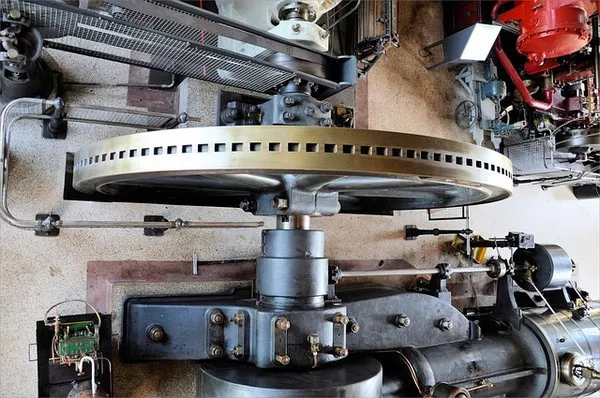The UK manufacturing sector faced ongoing challenges in February, with disruptions stemming from the Red Sea crisis impacting both production and vendor delivery schedules, as reported by the latest seasonally adjusted S&P Global UK Manufacturing Purchasing Managers’ Index (PMI).
Despite an improvement from 47.0 in February to 47.5 in March, the PMI indicated that conditions remain challenging, marking contractions in the sector for the past 19 months. The disruptions in the Red Sea crisis have led to increased costs as manufacturers seek alternative suppliers, often from more expensive markets closer to home.
The only positive influence on the PMI level was the lengthening of suppliers’ delivery times, the greatest since July 2022. However, this was more indicative of supply disruptions than increased input demand.
Manufacturing production declined for the twelfth consecutive month in February, with contractions in consumer and intermediate goods sub-industries, although the rate of decline eased to a three-month low. Weak demand from both domestic and overseas clients, along with disruption due to the Red Sea crisis, contributed to lower sales volumes.
New order intakes fell at the fastest rate since October 2023, and new export business dropped for the twenty-fifth consecutive month, impacted by disruptions, delays, and higher costs associated with the Red Sea and Suez Canal.
Work-in-hand at UK factories depleted due to weak demand, prompting manufacturers to utilize existing contracts to support production volumes. Efforts to trim excess capacity led to reduced staffing levels for the seventeenth successive month.
Average vendor lead times lengthened significantly due to the effects of the Red Sea crisis, contributing to a rise in average purchase prices for the second consecutive month. Supplier price rises and higher transportation costs led to increased costs, some of which were passed on to clients, resulting in rising output charges for the fourth month in a row.
Leaner inventories of finished products and inputs, coupled with lower purchasing activity, were driven by cost considerations and stock normalization programs. Huw Howells, managing director of manufacturing and industrials at Lloyds Bank, highlighted the sector’s adaptation to challenges, including reshoring and exploring new supply chains, while acknowledging the varied impacts across different segments within the manufacturing space. Despite ongoing headwinds, optimism remains for the coming months, particularly in segments like the original equipment manufacturer space, showing strong momentum for the year ahead.


